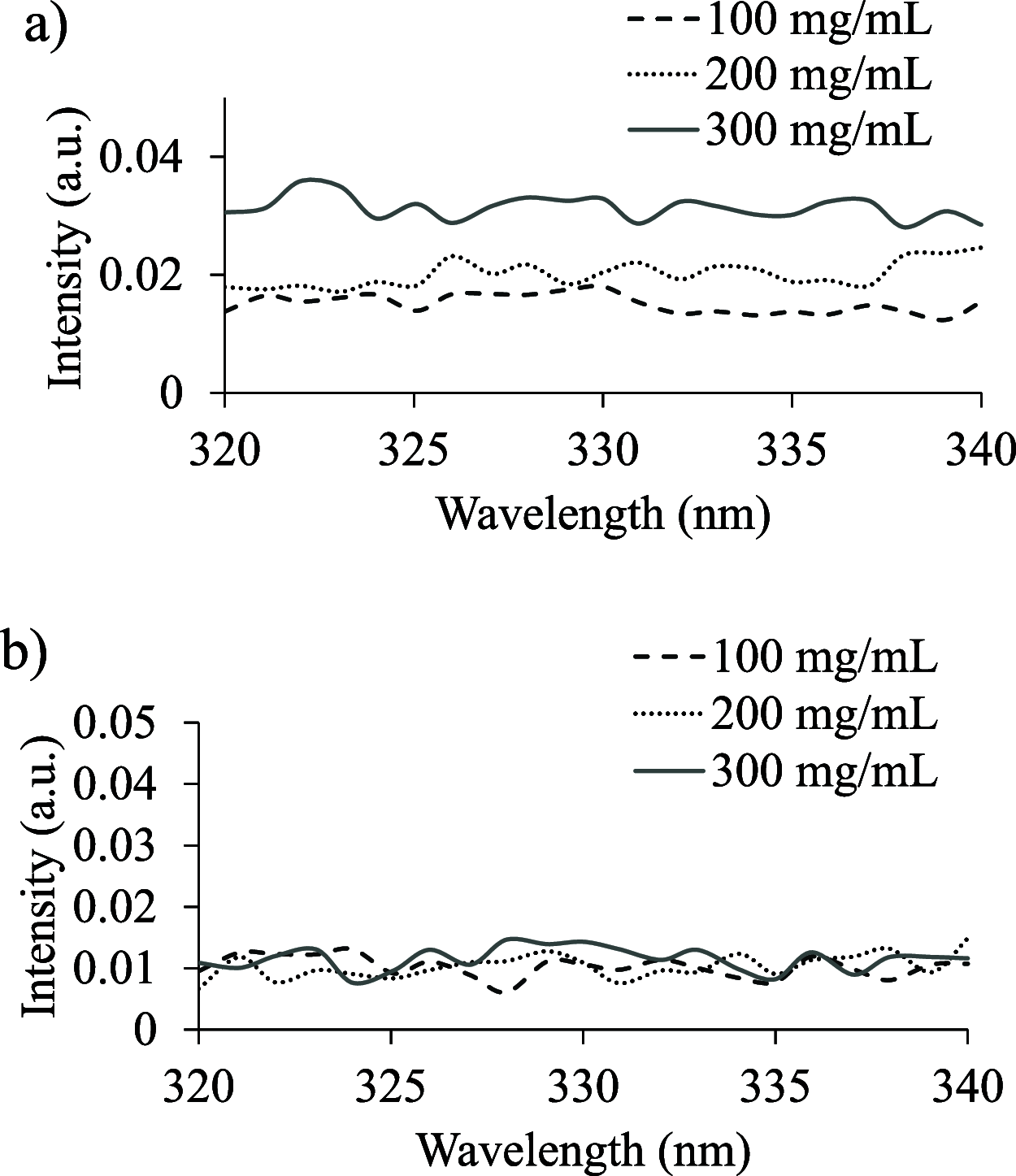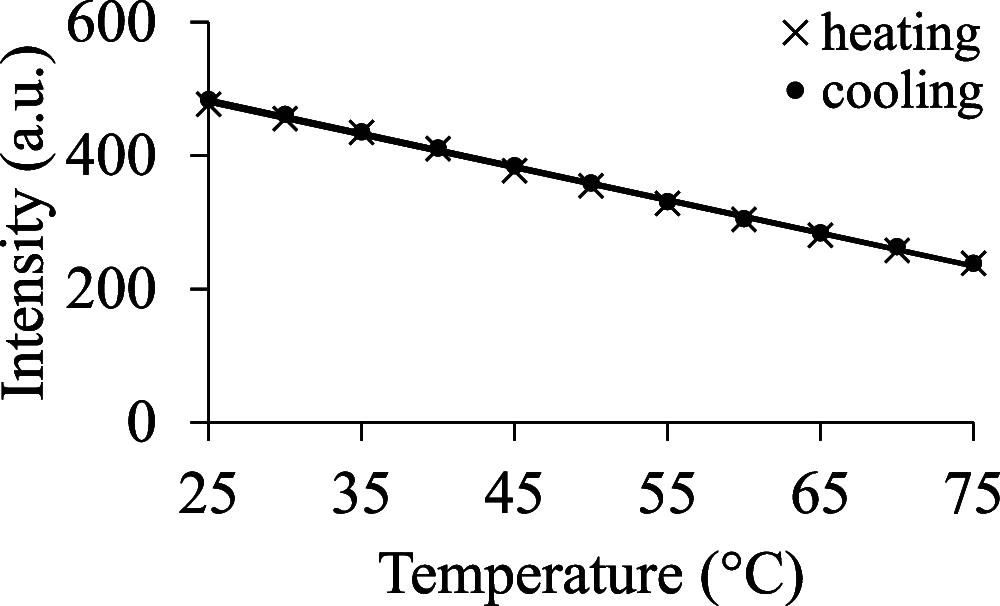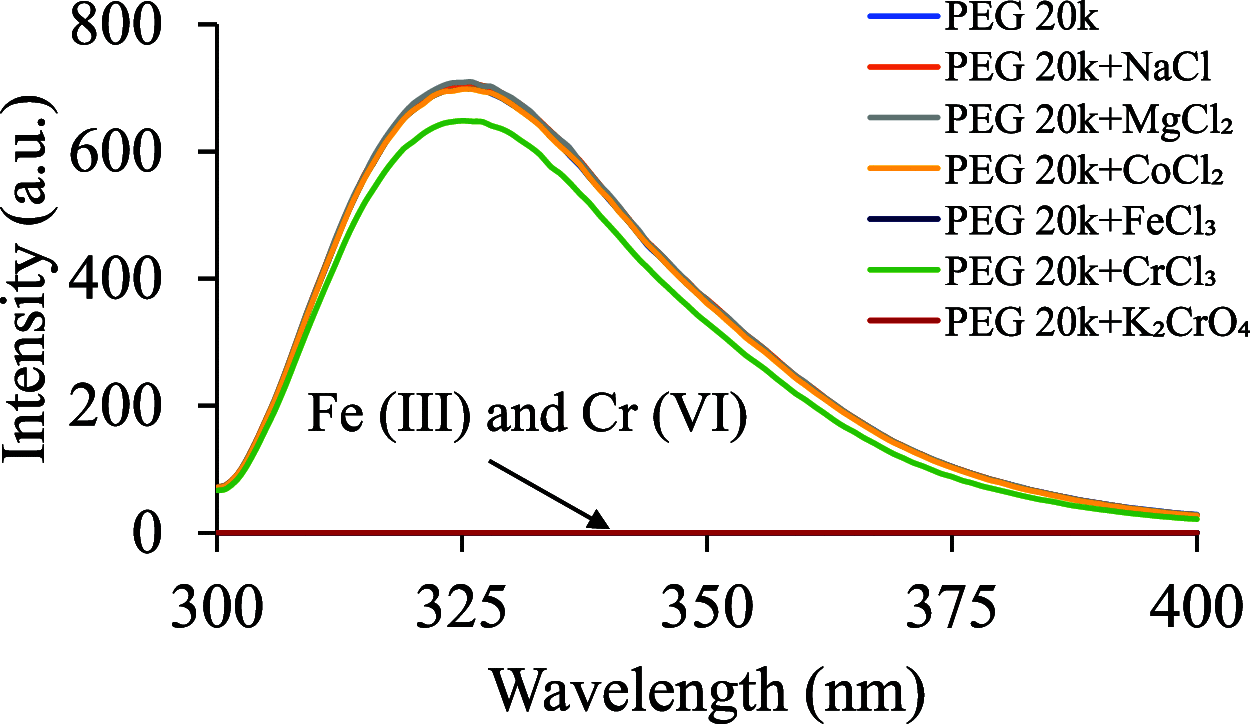Polyethylene Glycol 20k. Does It Fluoresce?
- PMID: 37180871
- PMCID: PMC10168656
- DOI: 10.1021/acsomega.3c01124
Polyethylene Glycol 20k. Does It Fluoresce?
Abstract
Polyethylene glycol (PEG) is a polyether compound commonly used in biological research and medicine because it is biologically inert. This simple polymer exists in variable chain lengths (and molecular weights). As they are devoid of any contiguous π-system, PEGs are expected to lack fluorescence properties. However, recent studies suggested the occurrence of fluorescence properties in non-traditional fluorophores like PEGs. Herein, a thorough investigation has been conducted to explore if PEG 20k fluoresces. Results of this combined experimental and computational study suggested that although PEG 20k could exhibit "through-space" delocalization of lone pairs of electrons in aggregates/clusters, formed via intermolecular and intramolecular interactions, the actual contributor of fluorescence between 300 and 400 nm is the stabilizer molecule, i.e., 3-tert-butyl-4-hydroxyanisole present in the commercially available PEG 20k. Therefore, the reported fluorescence properties of PEG should be taken with a grain of salt, warranting further investigation.
© 2023 The Authors. Published by American Chemical Society.
Conflict of interest statement
The authors declare no competing financial interest.
Figures














References
-
- Turner P. J.; Ansotegui I. J.; Campbell D. E.; Cardona V.; Ebisawa M.; El-Gamal Y.; Fineman S.; Geller M.; Gonzalez-Estrada A.; Greenberger P. A.; Leung A. S. Y.; Levin M. E.; Muraro A.; Sánchez Borges M.; Senna G.; Tanno L. K.; Yu-Hor Thong B.; Worm M. COVID-19 Vaccine-Associated Anaphylaxis: A Statement of the World Allergy Organization Anaphylaxis Committee. World Allergy Organ. J. 2021, 14, 100517.10.1016/j.waojou.2021.100517. - DOI - PMC - PubMed
LinkOut - more resources
Full Text Sources
Research Materials
Miscellaneous

